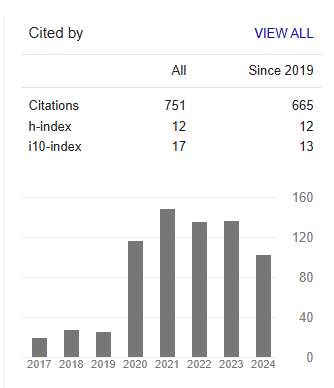Parasitic Contamination of Soil, Irrigation Water and Rawly Consumed Vegetables in Farmlands of Asmara, Eritrea
Abstract
Nahom Fessehaye, Sara Mohommed-Shifa, Samuel Adhanom, Yafet Kesete, Danait Amanuel, Million Weldu, Naemi Mengsteab, Omer Suleiman, Adiam Tesfamariam, Ruth Tseggai
Background: About one third of the world population are infected with intestinal parasites. Eating raw vegetables is customary in many parts of the world including Eritrea posing a great risk for transmission of pathogens. Therefore, the aim of this study was to determine the prevalence and risks of parasitic contamination in raw vegetables, soil and irrigation water samples.
Methods and materials: A cross-sectional study was carried out on different types of 336 vegetable samples (lettuce, carrot, cabbage and arugula), 60 soil and water samples each using sedimentation technique. Simultaneously, socio demographic and farmer practice data of 60 farmers were collected using structured questionnaire. The obtained data were entered and analysed using SPSS version 20.
Result: The magnitude of contamination of vegetable, soil and water samples was 144(42.9%), 21(35%) and 30(50%) respectively. Lettuce was the most contaminated sample (51.2%) and arugula (50.9%), carrot (42.7%) and cabbage (34.1%). The most prevalent parasites detected was S. stercolaris 30.6% followed by A. lumbricoides (11.8%) and hookworm (11.8%). The main findings also include the statistically significant difference in rate of contamination observed among various farmlands, vegetable types, and farmer practices. Also, significant association were observed between vegetable contamination and source of irrigation water (p-value= 0.02) and area of collection (p-value< 0.001). Conclusion: This study conclusively reveals the high burden of vegetable, soil and water contamination and the impact of wastewater irrigation system as major risk factor in transmission of intestinal parasitosis among farmers and communities in Asmara.



